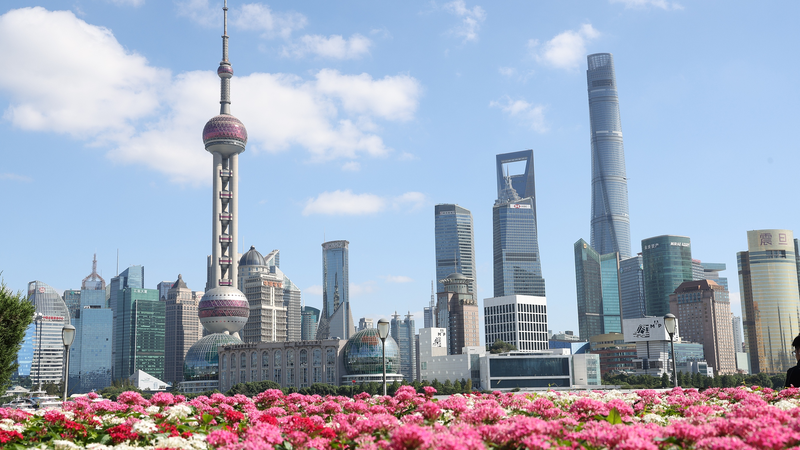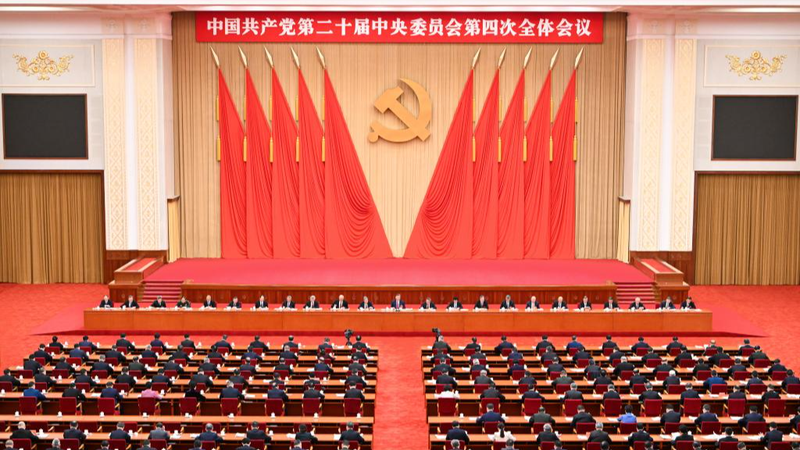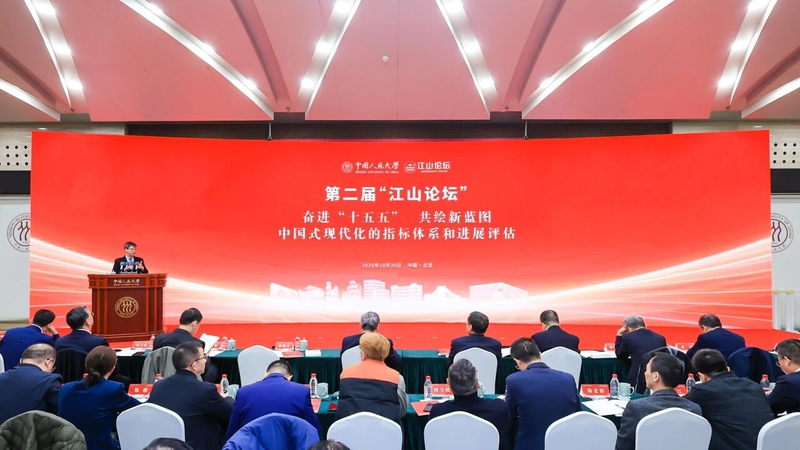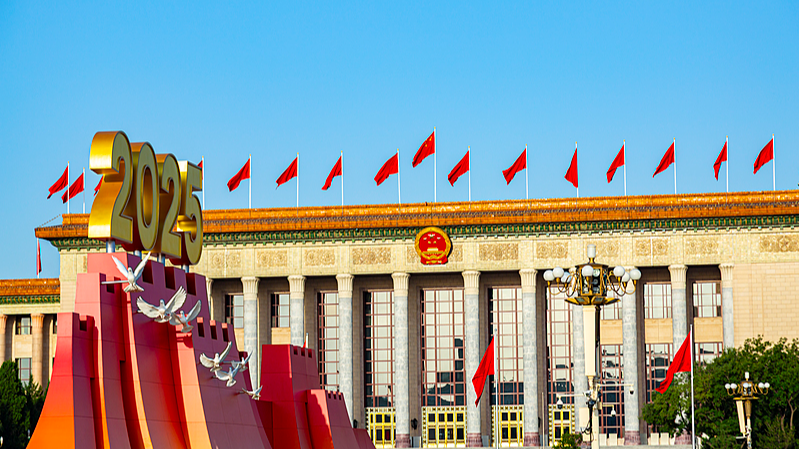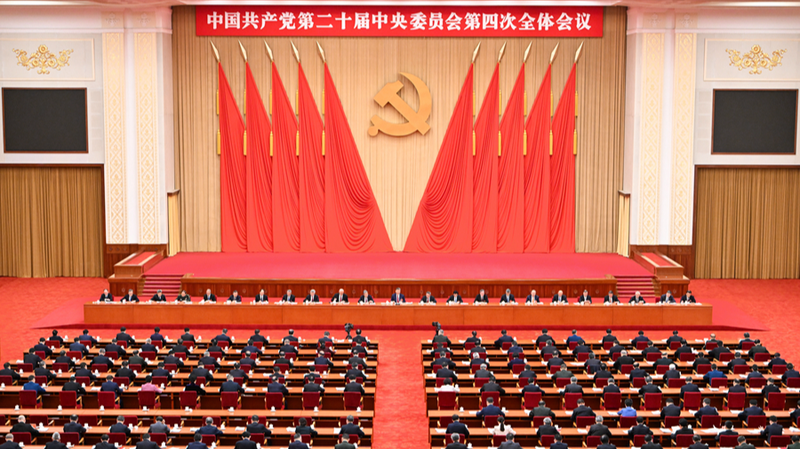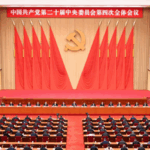China’s newly adopted 15th Five-Year Plan (2026-2030) has drawn global attention as a roadmap for sustained growth and innovation, with experts highlighting its potential to anchor regional stability and strengthen international economic ties. Approved during the 20th Communist Party of China Central Committee’s fourth plenary session, the plan prioritizes high-quality development, technological self-reliance, and institutional openness.
Strategic Priorities in Focus
Xia Lu, a research fellow at Renmin University’s National Academy for Development and Strategy, described the plan as a "critical bridge" in China’s modernization journey. Unlike its predecessor, the 15th Five-Year Plan emphasizes reinforcing foundational strengths to achieve socialist modernization by 2035. "This period demands urgency," Xia noted, underscoring its role in balancing development and security amid global uncertainties.
Driving Innovation and Integration
The blueprint calls for "smart, green, and integrated" industrial upgrades, signaling a commitment to nurturing new productive forces. A notable shift includes expanding institutional-level openness, aligning China’s policies with international standards to attract overseas investment. Xia highlighted the innovative focus on both the "Chinese economy" and the "economy of Chinese people," reflecting a broader vision for inclusive growth.
Expert Perspectives on Implementation
Peng Lei of the Chinese Academy of Social Sciences stressed that innovation-driven strategies and a robust real economy remain central to the plan’s success. "Anticipating risks and safeguarding development are non-negotiable," he said, emphasizing measures to counter external disruptions. Analysts suggest the plan’s emphasis on tech self-reliance could reshape global supply chains, offering opportunities for cross-border collaboration.
As China navigates complex geopolitical landscapes, its five-year roadmap is poised to influence Asia’s economic trajectory while reinforcing its role as a stabilizer in global markets.
Reference(s):
Experts on China's new five-year plan: Anchor of stability, confidence
cgtn.com
